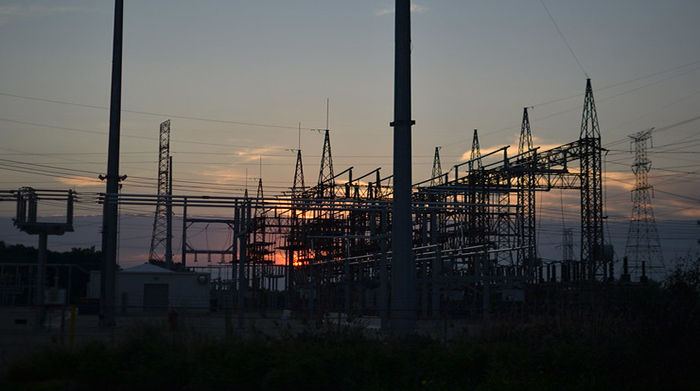How Demand Response Capabilities Can Reduce Outages

Image courtesy of Michael Kappel under Attribution-NonCommercial 2.0 Generic License, resized to 700 x 391 pixels.
Incorporating demand response capabilities into grid modernization efforts can enhance emergency preparedness and even reduce outage frequency and severity. While these capabilities are not the end-all-be-all, they represent yet another tool in the emergency planning toolbox.
Nuts and Bolts of Demand Response
First off, the U.S. Department of Energy (DOE) defines demand response as “changes in electric usage by end-use customers from their normal consumption patterns in response to changes…or when system reliability is jeopardized.”
A good example of “old fashioned” demand response occurred during the heatwave that gripped parts of California in September 2022. In order to prevent rolling blackouts, Governor Newsom asked consumers to keep interior temperatures elevated during certain times of the day and avoid the use of major appliances where possible. This helped shift demand to off-peak hours, thereby relieving pressure on the grid.
However, with the advent of grid modernization, this activity can become more systematized. Advanced 2-way communication can leverage smart meters and advanced metering infrastructure (AMI) to facilitate demand response. In other words, customers can sign up so that utilities have the ability to automatically adjust their usages when necessary.
Oftentimes, utility customers can get bill credits and/or similar benefits for agreeing to participate in programs such as this, and therefore educating them is crucial to widespread adoption/acceptance. This communication should emphasize not only the financial benefits of participation, but also the environmental benefits as well. And these education tactics should be ongoing – multiple, ongoing touchpoints are required, this is not a one-and-done exercise.
In the final analysis, one aspect of a well-rounded emergency preparedness strategy is demand response tactics, irrespective of whether they are executed via a smart grid. That said, the more systematized these tactics can be, the more effective and efficient they can be. Yes, this takes time, but in the end, the results justify the time and effort.



